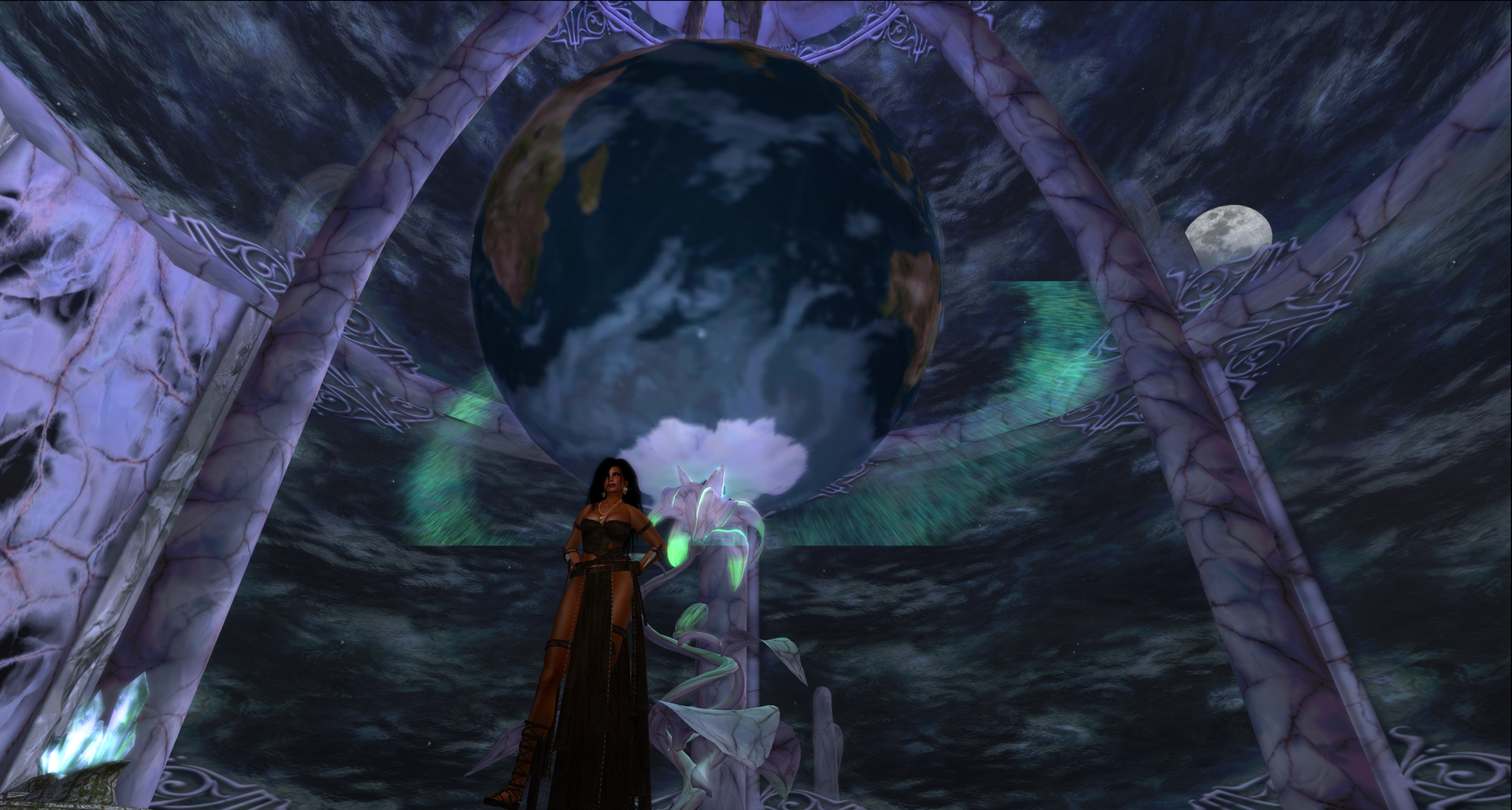Bibliography
Auset, B. (2009). The Goddess Guide: Exploring the Attributes and Correspondences of the Divine Feminine. Woodbury, MN: Llewellyn Publications.
Burdette, A. (2014). Aine. In Greenfield, T. (Ed.), Naming the Goddess (pp. 90-92). Washington, DC: Moon Books.
Caputi, J. (2004). Goddesses and Monsters. Madison, WI: University of Wisconsin Press.
Hunt, L. (2001). An Illustrated Meditation Guide: Celestial Goddesses. St. Paul, MN: Llewellyn Publications.
Jordan, M. (2004). Dictionary of Gods and Goddesses. New York, NY: Facts On File, Inc.
Koch, J. T., Ed. (2006). Celtic Culture: A Historical Encyclopedia. Santa Barbara, CA: ABC-CLIO, Inc.
Leeming, D. and Page, J. (1994). Goddess: Myths of the Female Divine. New York, NY: Oxford University Press.
Littleton, C. S. Ed, (2005). Gods, Goddesses and Mythology, Volume 4. Tarrytown, NY: Marshall Cavendish Corporation.
Loar, J. (2008). Goddesses for Every Day. Navato, CA: New World Library.
Lurker, M. (1987). A Dictionary of Gods, Goddesses, Devils and Demons. New York, NY: Routledge and Kegan Paul Ltd.
McLeod, S. P. (1960). The Devine Feminine in Ancient Europe. Jefferson, NC: McFarland and Company, Inc. Publishers.
Monagham, P. (1997). The New Book of Goddesses and Heroines. Woodbury, MN: Llewellyn Publications.
Monagham, P. (1999). The Goddess Companion. Woodbury, MN. Llewellyn Publications.
Monagham, P. (2014). Encyclopedia of Goddesses and Heroines. Novato, CA: New World Library.
Motz, L. (1997). The Faces of the Goddess. New York, NY: Oxford University Press.
Reid-Bowen, P. (2007). Goddess As Nature. Burlington, VT: Ashgate Publishing Company.
Skye, M. (2007). Goddess Alive! Woodbury, MN, Llewellyn Publications.
Slocum, S. K. Ed. (1992). Popular Arthurian Traditions. Bowling Green, OH: Bowling Green State University Popular Press.
Sykes, E. (2002). Who’s Who in Non-Classical Mythology. New York, NY: Routledge.
Woodfield, S. (2014) Drawing Down the Sun: Rekindle the Magick of the Solar Goddesses. Woodbury, MN. Llewellyn Publications.




















